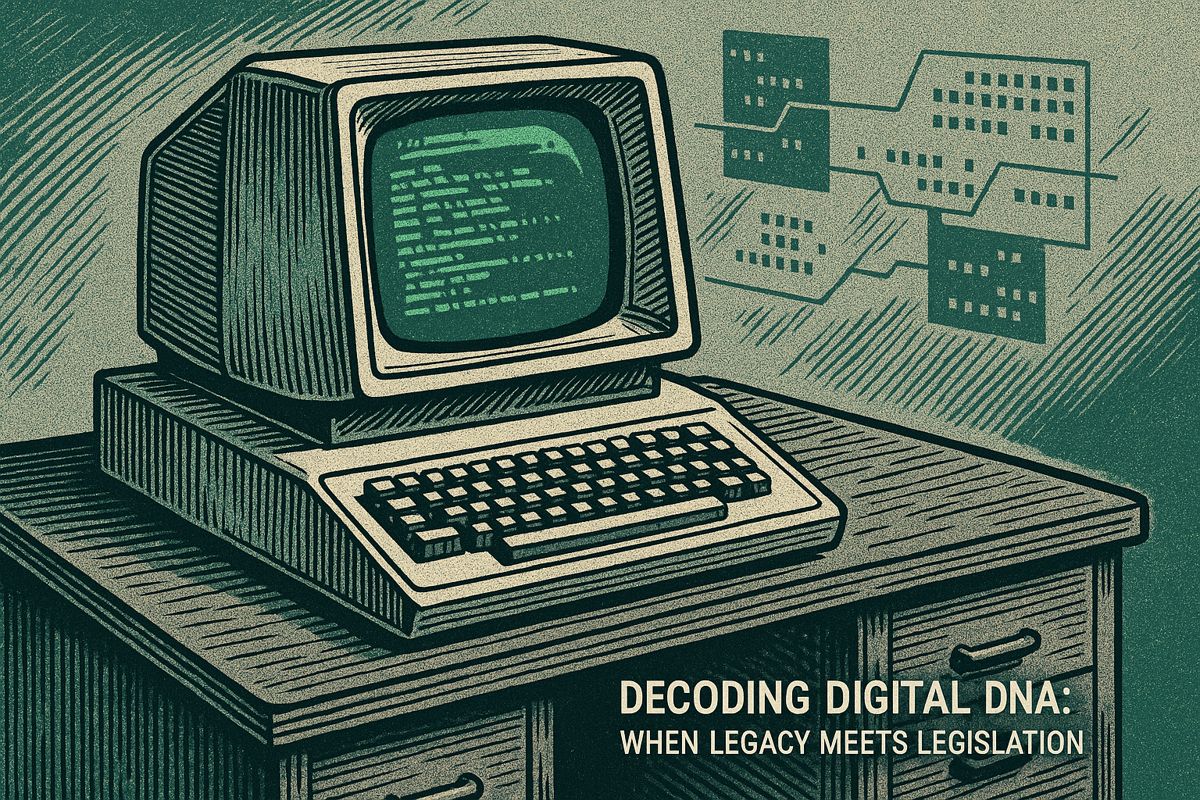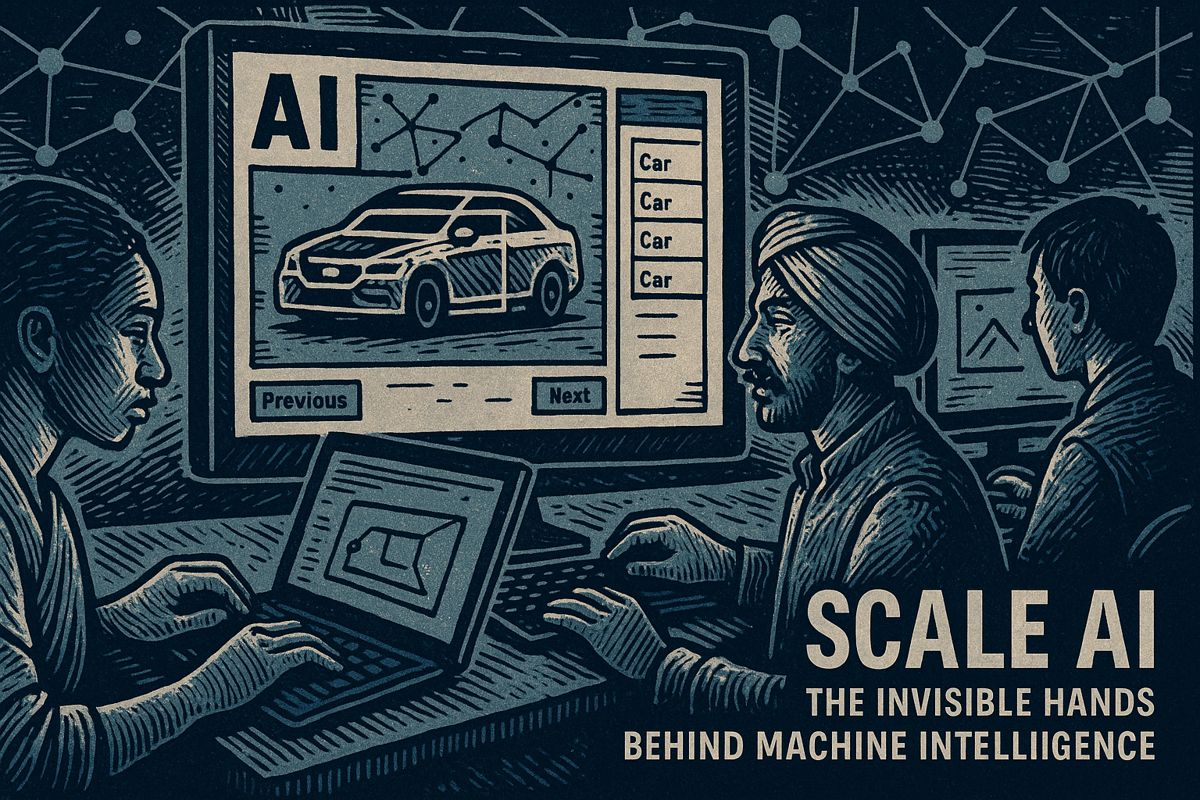AI context accumulation means that AI systems now remember everything we do online, making digital influence stronger and more lasting. This gives more power to those who control these AI systems and can lead to problems like unfair bias, exclusion, and hidden control. To keep things fair, new rules and standards are being created so that AI decisions are more open and accountable. Creators and businesses are urged to track their work and push for transparency to protect their rights. As AI continues to grow, the big question is who gets to control and share all this remembered information.
How is AI context accumulation changing digital influence and accountability?
AI context accumulation is reshaping digital influence by enabling systems to remember every user interaction, preference, and connection. This persistent memory grants disproportionate power to those controlling the protocols, raises new risks like bias and exclusion, and drives demand for transparent AI management standards such as GAAIMP.
- AI context accumulation – the silent engine now powering digital influence – is shifting who holds power online. Instead of transient clicks or viral moments, authority is being built through systems that remember* every interaction, relationship, and preference. Tim O’Reilly and the AI Disclosures Project have just published the first systematic look at how this works and what it means for society.
From clicks to context: how influence is being rewritten
Traditional platforms rewarded whoever captured attention now . Context-aware AI flips the script:
- Persistent memory: models store not only raw data but the meaning and connections between facts, users, and preferences
- Protocolized trust: interactions become part of an ongoing ledger that future queries, recommendations, or negotiations draw on
- Concentrated leverage: whoever controls the protocol gains disproportionate influence over reputation, pricing, and even civic discourse
An April 2025 working paper cited by the AI Disclosures Project found that non-public book content was quietly absorbed into large-language-model pre-training datasets, creating durable context banks that no competitor can replicate without equal access. The same study estimates that over 60 % of the semantic “weight” inside the newest generation of models comes from corpora that are not publicly visible.
New risks at scale
The same memory that builds authority also opens the door to subtle manipulation:
- Exclusion : smaller entities or countries without comparable data pipelines see their content de-prioritized
- Bias persistence: once a stereotype is encoded it is propagated indefinitely unless actively audited
- Market concentration: the gap between platforms that “remember” and those that do not is widening faster than regulatory oversight
A concurrent UK government risk assessment warns that by 2026 generative AI could amplify political deception by an order of magnitude, because context-rich models can tailor messages to individual belief systems at population scale.
Toward accountability: GAAIMP and disclosure standards
The AI Disclosures Project is promoting Generally Accepted AI Management Principles – an open governance framework modelled on GAAP accounting rules. Early adopters include financial-audit software providers and healthcare platforms required to explain algorithmic decisions under EU AI Act “high-risk” classifications.
Key 2025 milestones
| Milestone | What changed |
|---|---|
| May 2025 | US Copyright Office rejects blanket “fair use” for AI training; each use case must be documented |
| July 2025 | “Attribution Crisis” paper quantifies that 27 % of search-result snippets fail to link to original sources, eroding creator reward |
| August 2025 | GAAIMP pilot program expanded to 47 companies across fintech, media, and public sector |
What creators and businesses can do now
- Track provenance: embed signed metadata in content so downstream systems can attribute usage transparently
- Negotiate licensing: collective licensing schemes are emerging faster than courts can rule; early agreements may pre-empt later disputes
- Adopt transparency templates: the AI Disclosures Project toolkit provides disclosure checklists that satisfy both EU AI Act and emerging US SEC guidance
As 2025 progresses, the question is no longer whether AI will remember, but who will control what it remembers – and how openly that memory is shared.
What is AI context accumulation and why does it matter?
AI context accumulation refers to the persistent, context-aware protocols that allow AI systems to gather, structure, and maintain not just data, but relationships and meanings over time. According to the latest analysis by Tim O’Reilly and the AI Disclosures Project, this creates new power dynamics where entities controlling AI systems gain unprecedented leverage in digital ecosystems. The systems “remember” user interactions, preferences, and identities, fundamentally shifting who holds influence in digital spaces.
How are new power dynamics emerging from AI-driven influence?
The AI Disclosures Project highlights that context accumulation creates concentration of influence among a few major tech companies. This centralization means access to AI-generated knowledge and economic benefits becomes limited to a select few, potentially exacerbating global inequalities. The persistent memory capabilities allow these systems to build authority and trust in ways that traditional platforms cannot, creating what the project calls “new forms of influence” for those controlling AI systems.
What transparency measures are being proposed?
The AI Disclosures Project draws parallels between AI disclosures and financial disclosures, arguing that standardized transparency can prevent unchecked power accumulation. Their research calls for:
– Rigorous documentation of AI training data sources
– Comprehensive audit trails for AI decision-making
– Standardized disclosure standards similar to financial reporting requirements
Without these measures, economic incentives may lead to excessive risk-taking or exploitation of vulnerable groups.
What are the key societal risks identified?
Recent UK government analysis identifies several critical risks from AI context accumulation:
– Manipulation and deception risks amplified through generative AI
– Concentration of influence leading to exclusion of smaller communities
– Persistent biases in general-purpose AI systems
– Loss of societal control as AI becomes embedded in critical infrastructure
– Labour market disruption with significant job displacement, especially in repetitive task roles
What legal reforms are needed for AI and copyright?
The 2025 US Copyright Office guidance addresses AI training on copyrighted works without creating blanket rules. Key developments include:
– Case-by-case fair use analysis applying four statutory factors
– Model weights potentially constituting infringing copies when outputs are substantially similar to training data
– Calls for scalable licensing mechanisms rather than immediate legislative changes
Tim O’Reilly advocates for “reinventing copyright” rather than trying to fit AI into existing frameworks, suggesting we need new protocols that both protect creators and enable responsible use of accumulated context.



















